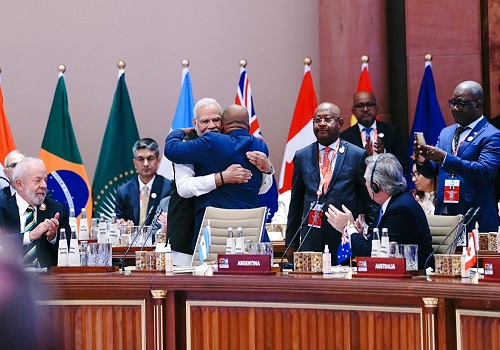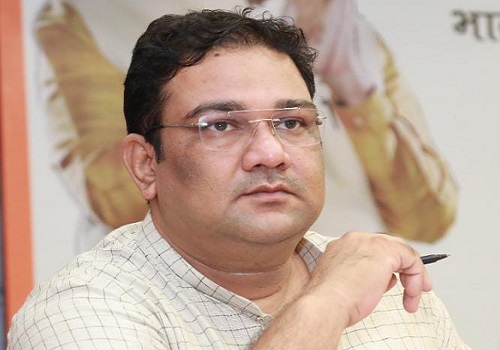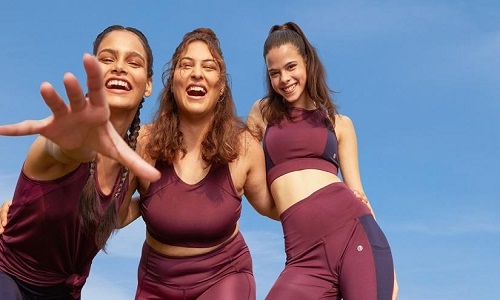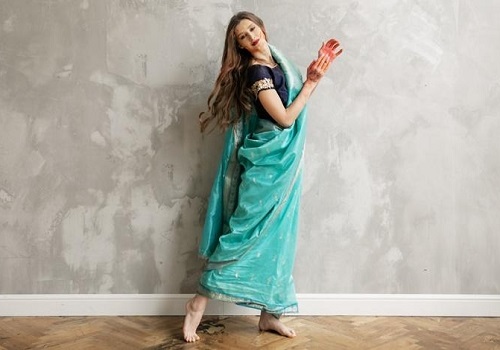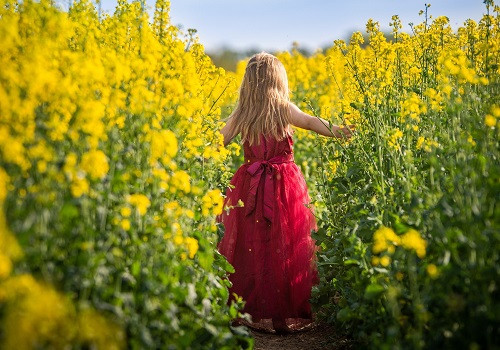The beauty of slow living
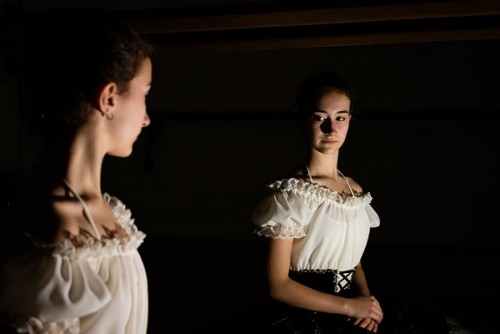
Follow us Now on Telegram ! Get daily 10 - 12 important updates on Business, Finance and Investment. Join our Telegram Channel
New Delhi, Jan 27 (IANSlife) "Choosing a garment means deciding the identity of our future dreams, in connection with the world and the people who inhabit it," says Vidur Adlakha, Co-founder La Fuori.
Brainchild of designers Adlakha from India and Riccardo Benedini from Italy, La Fuori focuses on organic and sustainable clothing. It recently launched its latest collection 'Stories of Sapa' in India after being successful in the US.
IANSlife spoke to Adlakha to know what affect the pandemic has had on their business and why slow fashion is sustainable fashion. Read excerpts:
Q: How has the pandemic affected your business and the designs?
A: La Fuori with its strong brigade of women employees, is marching steadily towards its endeavor to empower as many underprivileged women and artisans. We bring you closer to the artisan's community across the world. 30 per cent of all our collections are hand embellished ensembles curate by the women of various regions and tribes, carefully tailored into perfection. We've been resolute to ensure the artisans get the recognition and appreciation they rightly deserve. 10 per cent of each purchase at La Fuori is directed towards these women artisans and their livelihood.
Our artisans are mothers who create the fabric of life, tenacious dreamers and advocates of their own destiny. We understand the present conditions, and pledge continuous support to our artisans and their livelihoods.
Our artisans are paid 20 per cent higher than the regular wage rate. We share 10 per cent of our profits directly with the weavers, embroiderers and all the people we collaborate with on our path; the distribution of profits is in addition to the salaries for the creation of our products.
Q: Tell us about the latest collection and the inspiration behind it.
A: The new collection 'Stories of Sapa' explores innovative textures on Vietnamese inflorescence, blending the art of hand-weaving organic silk with a palette of vibrant colors, inspired by the heights of the Sapa plateau.
The latest collection, "Stories of Sapa", took us to the Sapa plateau, in Vietnam, with the women of the Hmong community. It has allowed us to reconcile two very different realities. In fact, we immersed ourselves in the unspoiled nature of northern Vietnam, after having been overwhelmed, a few months earlier, by the desert villages of the town of Barmer, in India. Our primary intent is always to connect our travels and the people we meet along the way; in this case, women of the desert who converse with women of the mountains.
Q: The fashion industry contributes the most to pollution. How important is it to adopt sustainable fashion?
A: We want to sensitize women to wear their clothes responsibly. Choosing a garment means deciding the identity of our future dreams, in connection with the world and the people who inhabit it. We therefore want to create a community active in the enhancement, dissemination and safeguarding of local cultures, which allows artisan women around the world to connect with other women who, in other parts of the planet, wear their creations.
Q: How is your brand being a sustainable one?
A: Working towards our goals on sustainability and love for the environment, we envision ourselves working hands on with organic fabrics, dyes and elements to make this world a better place. Crafting our own long journey in the sustainable lifestyle space, we believe in the beauty of slow living; the importance of naturally sourced produce over synthetically manufactured. We respect the divide between modern automation and irrefutable subtleties of hand-made precision. We aspire to stay true to our core eco-friendly values whilst focusing on the customer and the artisan in equal sense.
Fundamental to this lifestyle brand is the choice of materials as well as the use of entirely sustainable products and resources. The fabrics are made from organic fibers and are always combined with ecological prints and colors. Furthermore, no polyester and non-biodegradable products are used. The packaging is also sustainable and reusable in order to reduce water and environmental pollution.
Q: How feasible do you think it is for people to choose sustainable clothing options?
A: The textile cultures around the world and their artisans, with their own life stories, offer us this beauty. This is why we leave and go knocking on their doors.
Our design is a cultural encounter. Thanks to the support of local artisans, we get to know textile cultures and traditions at risk of extinction and we establish a new creative dialogue with them, aimed at developing, within the artisan community itself, a greater awareness of the value and role that their own products have on the modern market.
We therefore encourage each individual to protect the eco system. Slow fashion is a way to environment safety, and safeguarding our traditional textiles and cultures. We urge our clients to understand the value of the garment through our experiences and artisans, therefore we bring lesser known art forms to life through our designs.





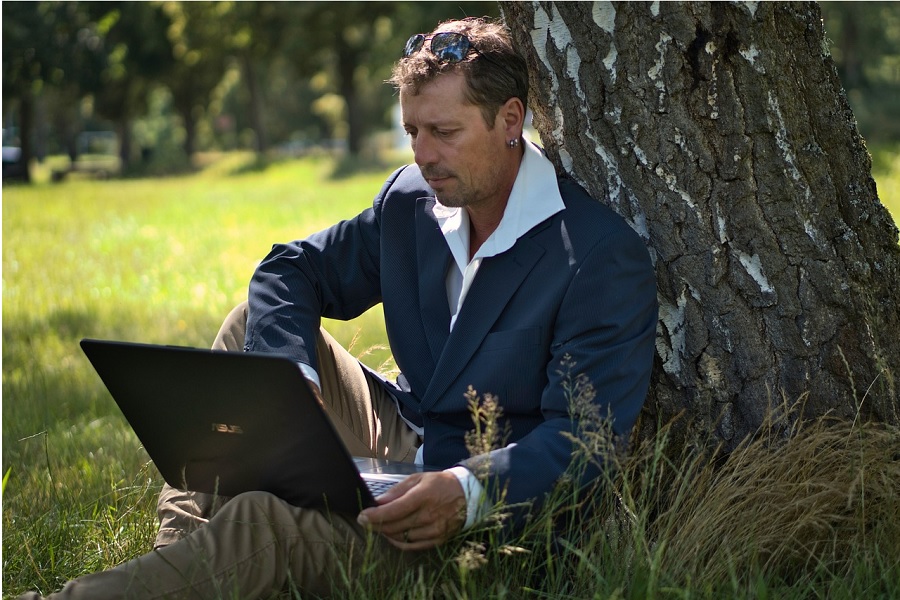
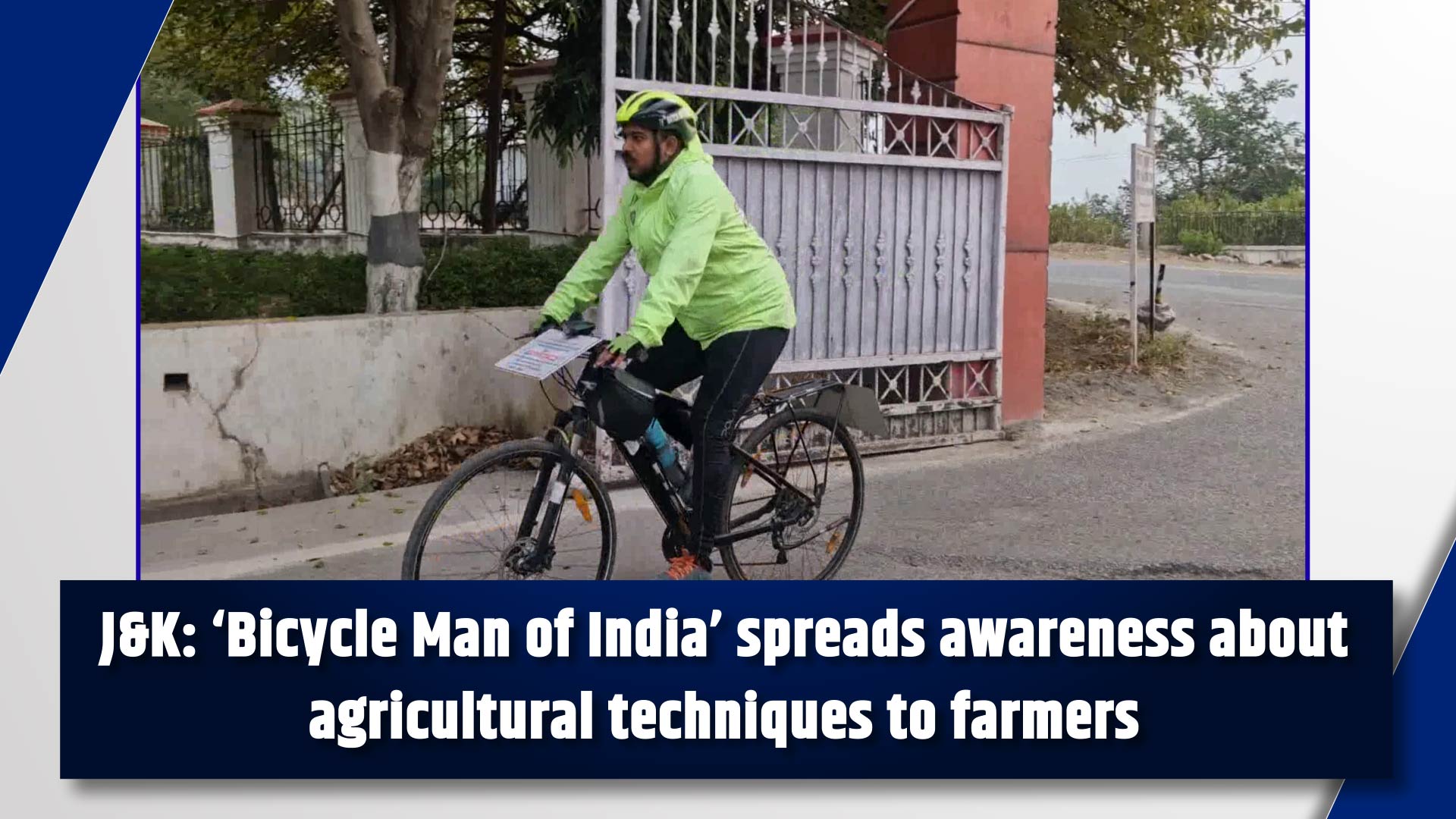





 320-x-100_uti_gold.jpg" alt="Advertisement">
320-x-100_uti_gold.jpg" alt="Advertisement">






